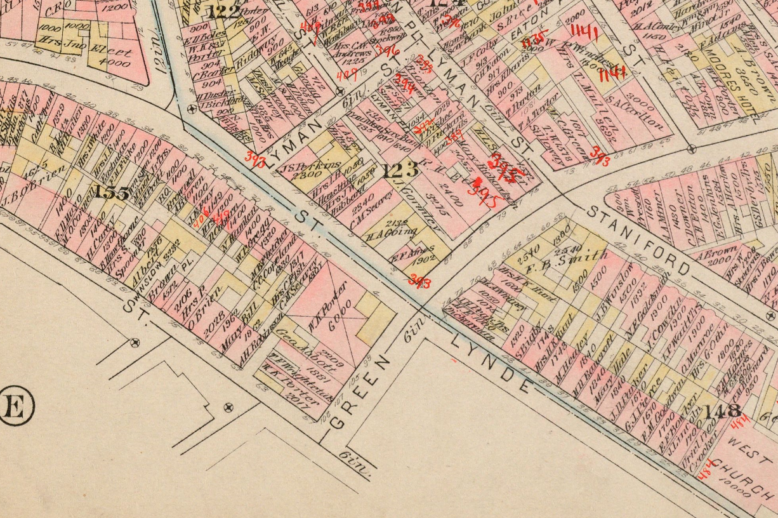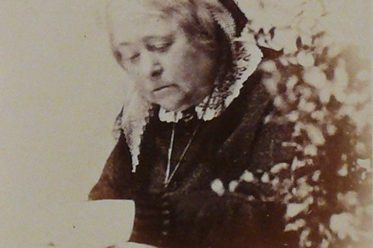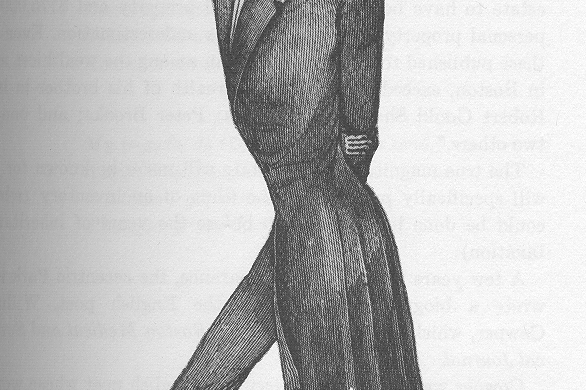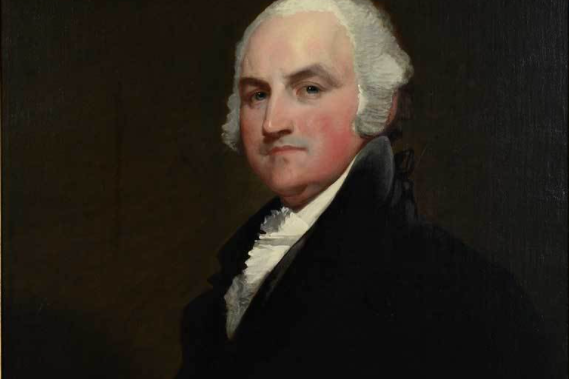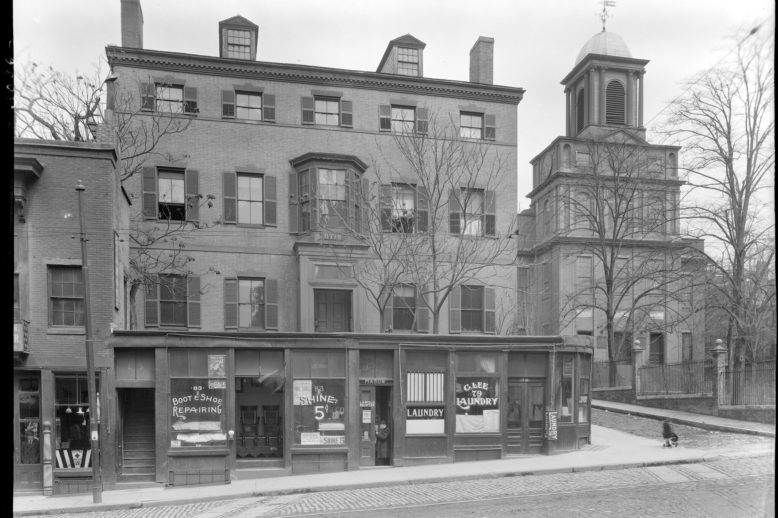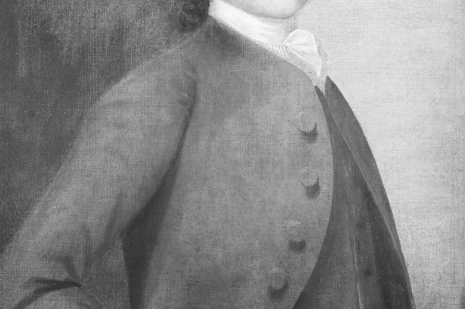Topic: Yankees & Brahmins
Early settlers of New England, Boston Brahmins, wealthy persons not officially in the Brahmin class, others typically identified as Yankees
William K. Porter was an old West Ender who had made millions in real estate by the early twentieth century. Although Porter and his family moved to Commonwealth Avenue in 1906, he continued to manage a livery stable and all of his properties in the West End.
Elizabeth Peabody was a teacher, publisher, and writer, who introduced kindergarten in the United States on Pickney Street.
George Parkman was a prominent businessman and philanthropist in Boston. He is best known for donating land to Harvard Medical College (now part of MGH) and his murder in that very location.
Samuel Parkman, Esquire, was a prominent businessman in Boston. Samuel commissioned a notable portrait of George Washington, the bell of Old South Church, and a Bulfinch mansion.
John Osborn was a painter, paint dealer, and member of the Ancient & Honorable Artillery Company who purchased the first Harrison Grey Otis House from Otis when he moved to Mt. Vernon Street in 1801.
Thomas Hodson’s quarry extracted gravel from the north slope of Beacon Hill in the middle of the eighteenth century. This provoked public outrage, but the excavation of Beacon Hill for the expansion of Boston was too difficult to stop.
William Lloyd Garrison, one of the most prominent white abolitionists before the Civil War, published The Liberator and shaped the debates that guided the anti-slavery movement. Garrison was held at Leverett Street Jail in the old West End for his own safety during one harrowing case of mob violence.
Sir John Leverett was a significant figure in the politics of the Massachusetts Bay Colony and Great Britain during the latter half of the 17th century. He was a resident of lands in Boston’s old West End neighborhood (now Beacon Hill) on the North Slope.


